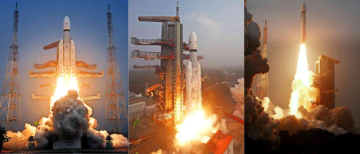Imagine, the very sky above your head with all the colours spreading all around like a spell that leaves you spell bound and mesmerised. This is not like a film in the science fiction genre; it is a phenomenon that took place already by many solar storms. What do you think of the fact that trying to discover the cause and effects of solar storms and understand this phenomenon is important? Is it not worth the effort to witness this heavenly event that has recently penetrated our skies?
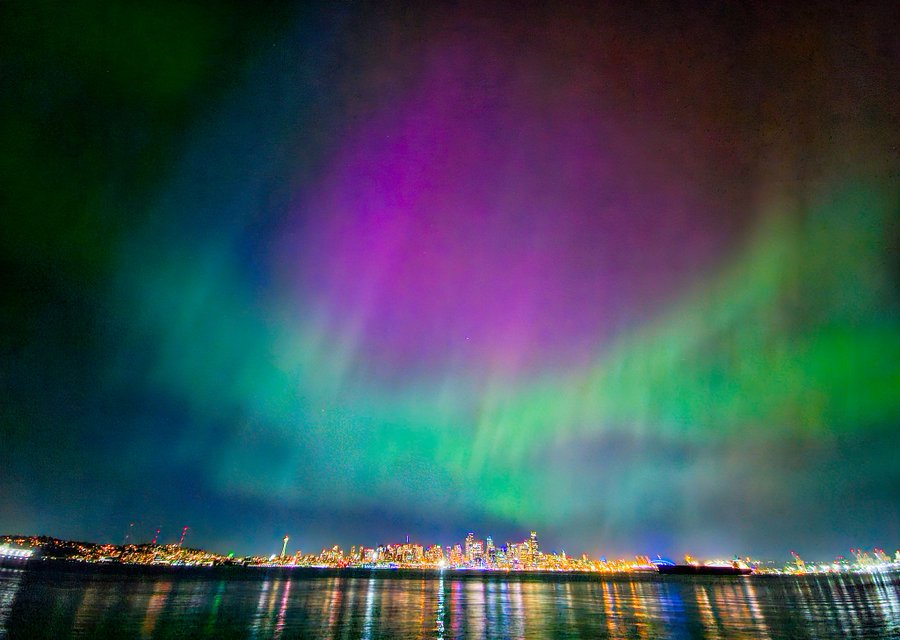
Geomagnetic Storm
On Friday, our planet had a very unique situation, a solar storm or geomagnetic storm, that was positively accompanied by such a force. What was weird was that you didn’t witness the typical space weather phenomenon but a potent geomagnetic storm that was last seen 20 years ago, and it caused the nighttime sky to be splendidly lit up with northern lights all over the region, and they are thus known as Aurora to people of different regions. Against the dark background, they are so bright that some of those that are not visible in locations like in the US as far south as Alabama and northern California to Australia, where normally they cannot be seen, are also visible.
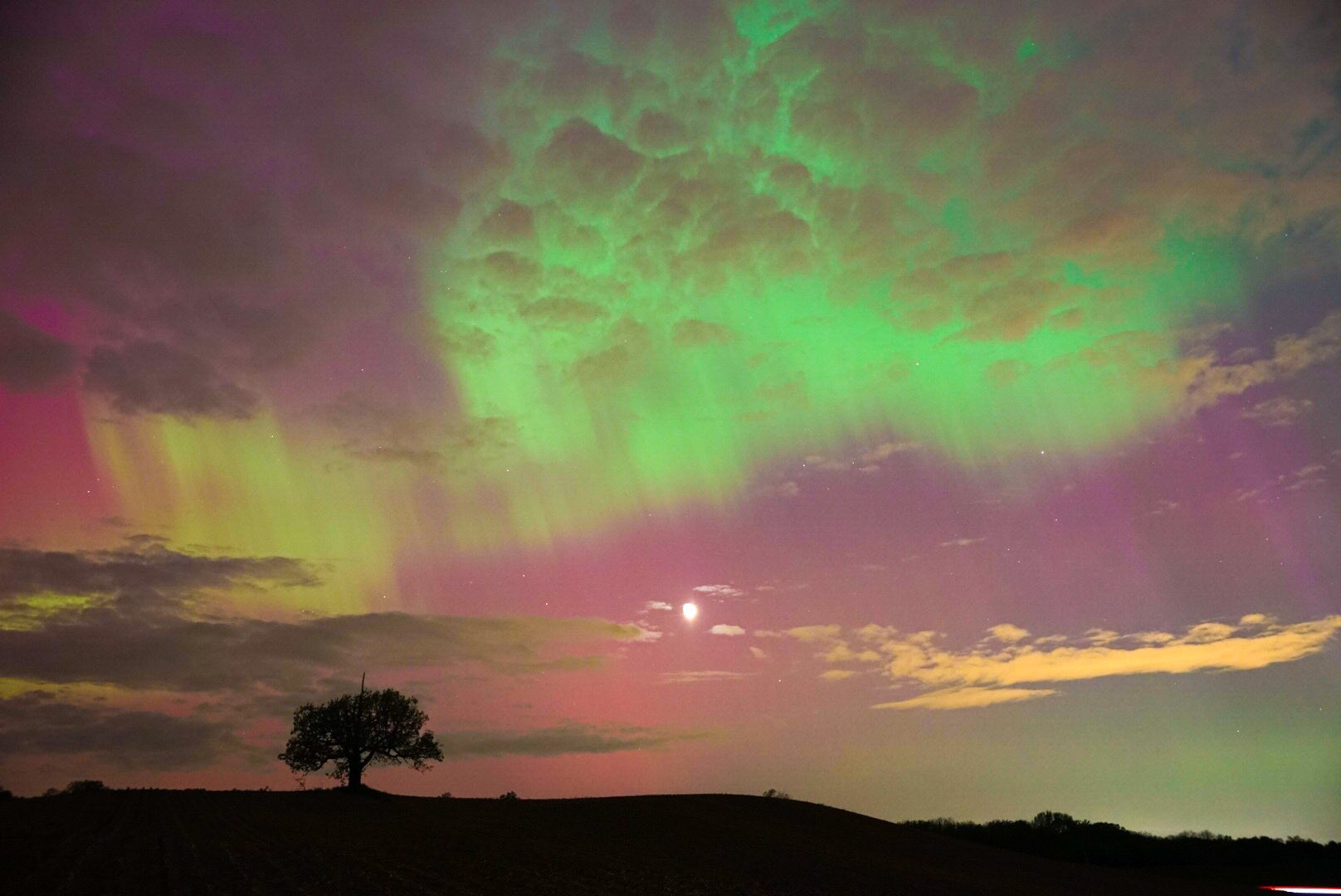
Exploring the Cause
However, what we can see as the Sun as the centre of our solar system with its life-giving properties is not just a source of light and heat, but a lot more. This is not a quiet and still lake like it always is; sometimes this is a stormy ocean. When the sun goes through a solar storm, a solar flare forms, and therefore, a CME arises in which a huge gas bubble moves together with a magnetic field. They will run through space, and if they do indeed come to our planet, they will leave us speechless, in awe of the fullness of the magnificent that we witness in the universe.
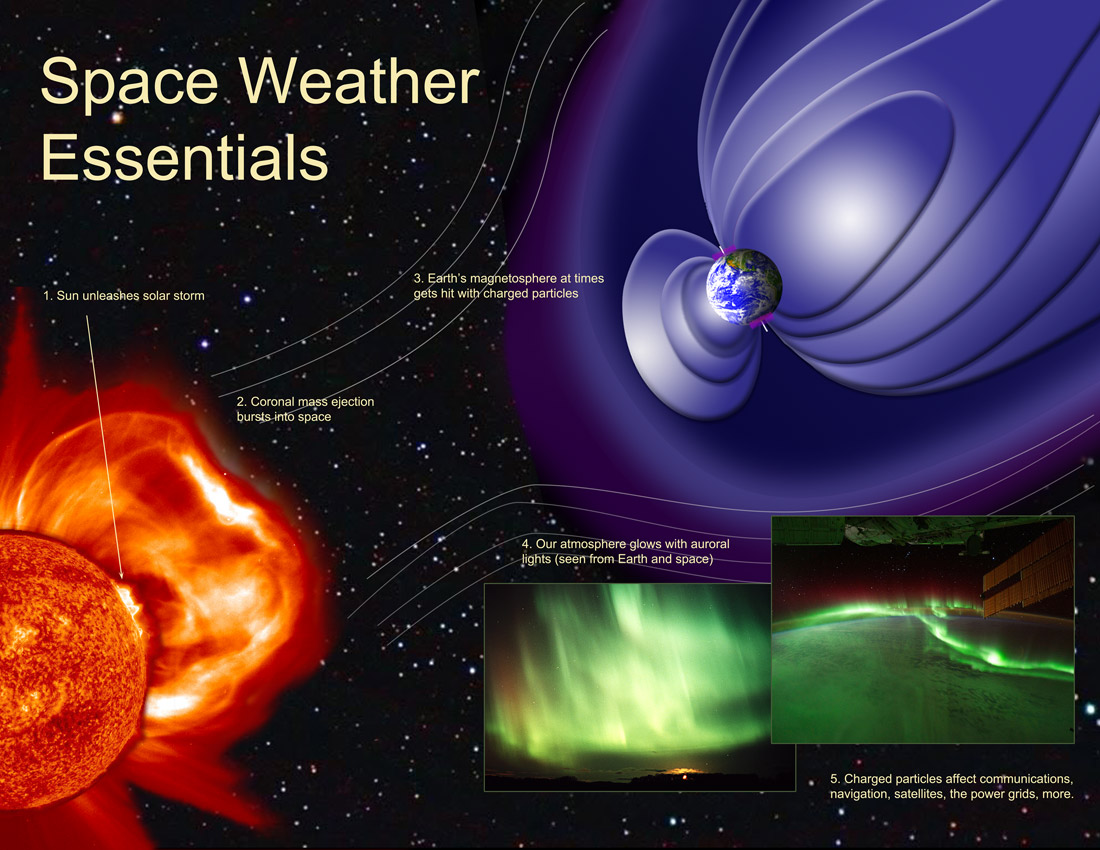
The Effects
The disturbance of the magnetosphere by storms that hit our planet from shock waves coming from solar winds causes a temporary alteration of our planet's magnetosphere and, consequently, everything that these changes impact. The numerous disturbances can also materialise from a CME or a CIR, which have analogies with the fast flow of the wind originating from the coronal hole. The geomagnetic storms are generally occurring throughout the solar activity during the period of the sunspot.
Geomagnetic storms have several effects on Earth's systems:
1. Disruption of Electrical Systems: Geomagnetic storms can cause electrical blackouts on a massive scale, potentially lasting weeks, months, or even years, posing a threat to food production and daily life. The storms can also cause electrical transmission equipment damage due to the nearly direct currents induced in power lines .
2. Radio Communication Disruptions: During geomagnetic storms, certain radio frequencies are absorbed while others are reflected, resulting in rapidly changing signals and unpredictable transmission paths.
3. Power Grid Disruptions: The enhanced currents that flow in the magnetosphere-ionosphere system during geomagnetic disturbances can affect electric power distribution, causing power outages and disruptions, as seen in the 1989 Quebec blackout, where six million people lost power for nine hours.
4. Navigation and Communication Disruptions: Geomagnetic storms can disturb global positioning systems (GPS) and other navigation systems by introducing signal delays as they pass through the ionosphere, resulting in position inaccuracies and reduced reliability.
5. Radiation Exposure: Intense solar flares release high-energy particles that can be dangerous to humans, particularly for flights on polar routes during major solar particle events.
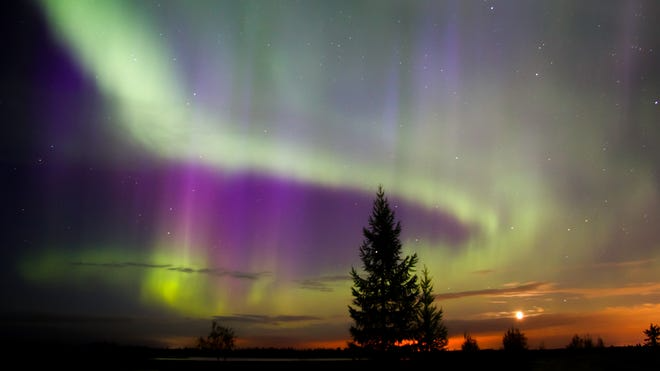
6. Aurora Displays: Geomagnetic storms can cause aurorae to be visible at much lower latitudes than normal, as seen in the 2024 solar storm.
7. Space Weather Phenomena: Geomagnetic storms are associated with or cause other space weather phenomena, such as solar energetic particle (SEP) events, geomagnetically induced currents (GIC), ionospheric storms, and radio and radar scintillation.
8. Impact on Pipelines and Geomagnetic Surveys: Geomagnetic storms can generate signals in survey data that may be misinterpreted as indications of underground resources, necessitating adjustments to survey schedules or procedures and often incurring substantial expenses.
9. Impact on Human Spaceflight: Geomagnetic storms pose a risk to astronauts and high-altitude flights by exposing them to elevated levels of radiation.
10. Impact on Military Detection and Early-Warning Systems: Geomagnetic storms can severely hamper over-the-horizon radar systems used for monitoring the launch of aircraft and missiles.
These effects highlight the importance of monitoring and predicting geomagnetic storms to minimise disruptions to our technology-dependent society.
Thankfully, organisations like NOAA and NASA keep a close eye on the sun's activity and give us a heads-up when a storm is heading our way.
The Aftermath and Future Implications
So far, we've been lucky. The recent storm treated us to a dazzling light show without triggering any significant disruptions, a fortunate outcome worth celebrating. But it's a reminder that we're not just inhabitants of Earth—we're part of a larger solar system, and what happens in space can have direct consequences for our daily lives.
_1715415822.png)
Additional Information and Statistics:
- The solar storm's classification at the G5 level, the highest on the geomagnetic storm scale, signifying an extreme event with potential widespread impacts, underscores its severity.
_1715416141.png)
- This level of storm has the potential to cause complete high-frequency radio blackouts on the sunlit side of Earth for several hours.
- The potential economic losses from severe space weather events, such as solar storms, could escalate to an alarming $41.5 billion per day, highlighting the significant financial risks at stake. Major geomagnetic solar storm happening right now. Biggest in a long time. Starlink satellites are under a lot of pressure, but holding up so far. pic.twitter.com/TrEv5Acli2— Elon Musk (@elonmusk) May 11, 2024 - In the ongoing year of 2024, the sun has unleashed six X-class flares, marking a notable decrease compared to the total count in the preceding year of 2023.
- The strongest geomagnetic storm in recorded history took place during solar cycle 10 on September 1 and 2, 1859, and was known as the Carrington Event. Strong auroral displays, sparking, and fires in telegraph stations were caused by it; it was probably caused by the collision of Earth's magnetosphere with a coronal mass ejection from the Sun. British astronomers Richard Christopher Carrington and Richard Hodgson witnessed and documented the event.
The recent G5-class solar storm demonstrated the sun's enormous impact on Earth, even though it did not cause any significant disruptions. It is even more important to comprehend and get ready for these solar events as our reliance on technology grows. We can all do our part to increase our readiness. To find out more about space weather and how to get ready for upcoming storms, why not visit the NOAA website? The next time an aurora displays vivid colours in the sky, you'll not only be enthralled with its beauty but also comprehend the amazing science that underlies it. ⒸCopyright 2024. All Rights Reserved Powered by Vygr Media.
Recent reports from Starlink indicate an extensive toll on Starlink satellites due to the recent solar storm.
How the public can prepare
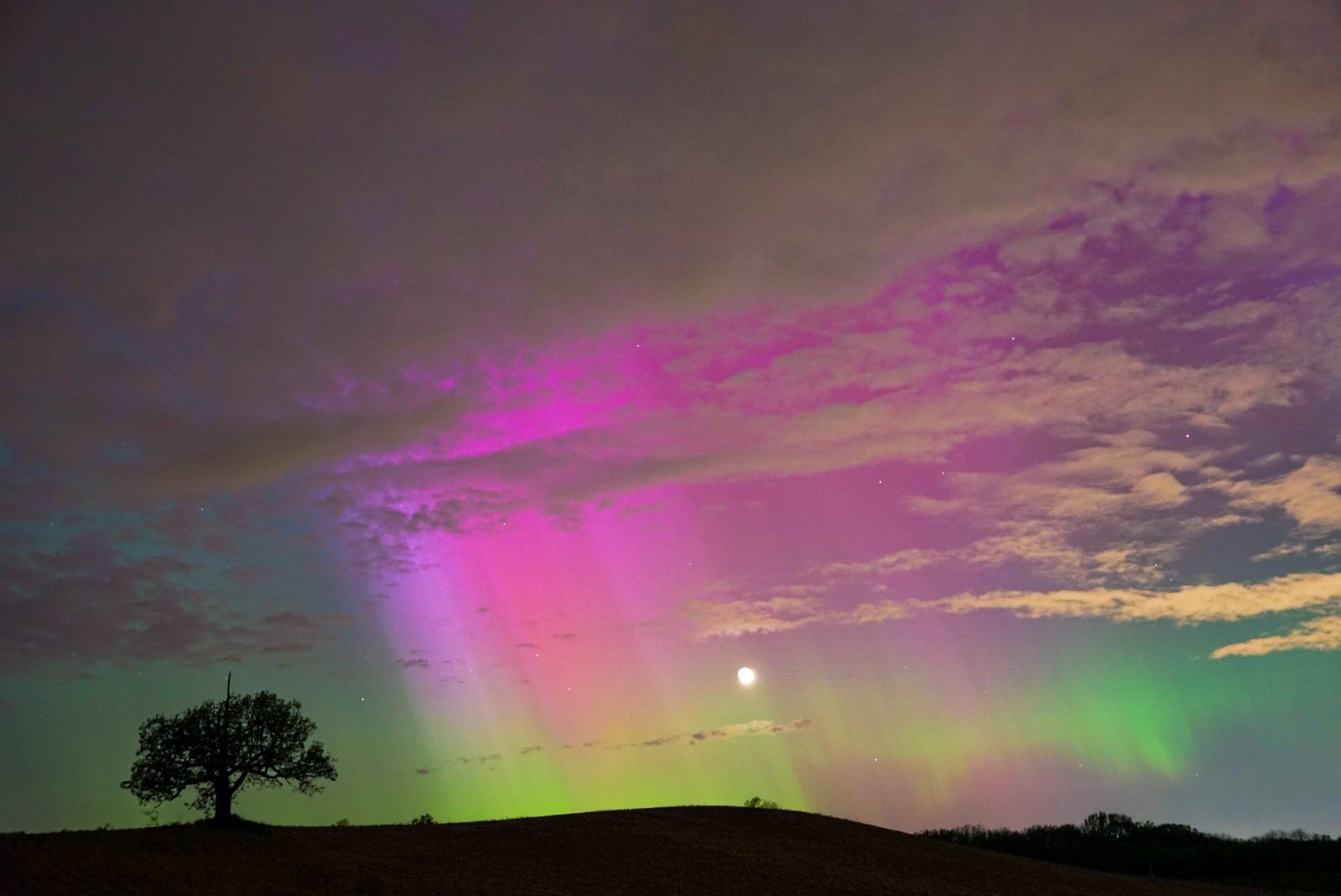
Conclusion:
Inputs from Various agenices
Media inputs: Mutilpe resources( X, NASA , Phy.org)






